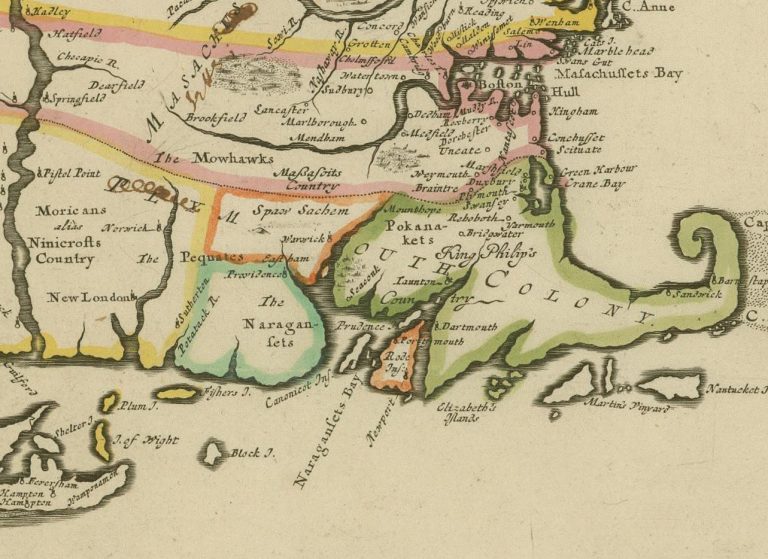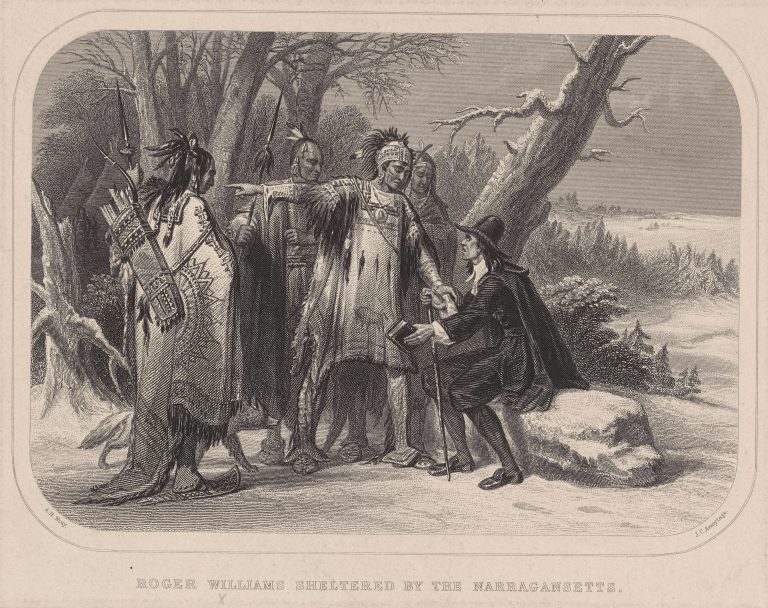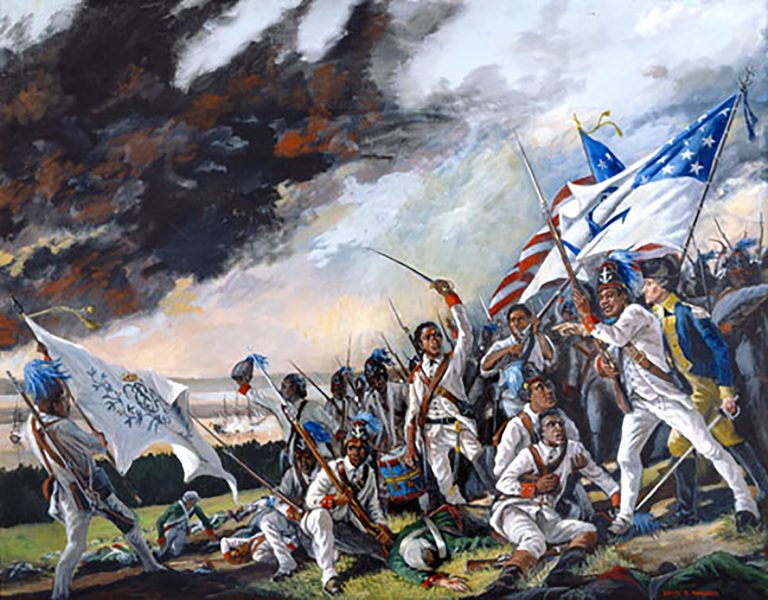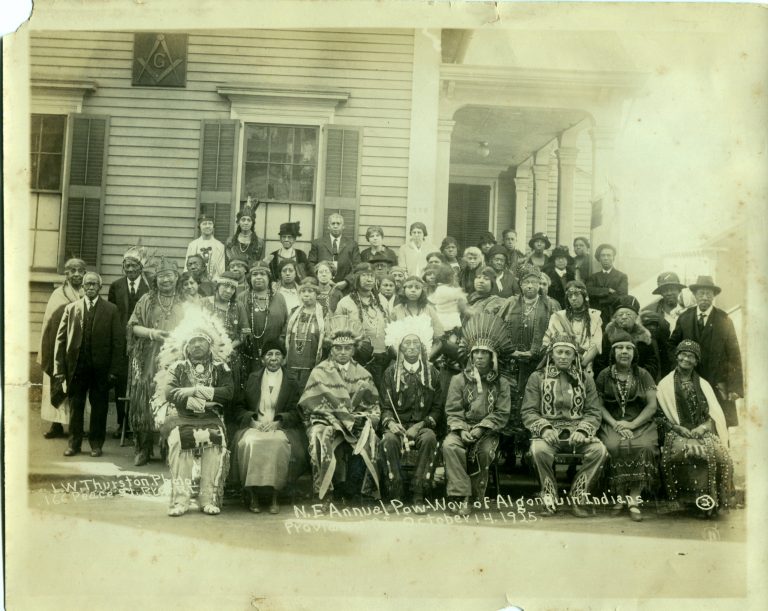Projects
Contributors
University Partners
Brown University
Faculty Project Director
Ron Potvin
Students
Aya Bisbee
Jackson Brook
Sarah Clapp
Stefany Garcia
Alejandra Gonzalez
Marguerite Kemp-Sherman
Daven McQueen
Ruth Miller
Jayleen Paula
Brenna Pisanelli
Ryan Saglio
Sharad Wertheimer
Lauren Yamaguchi
Community Partners
Tomaquag Museum
Lorén Spears













